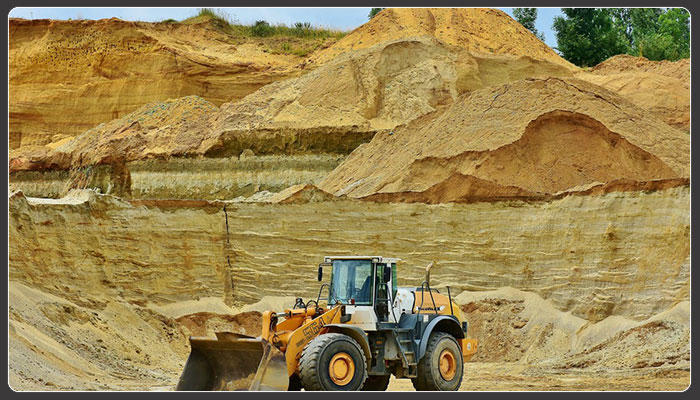The Similarities Between Excavation Sites and Confined Spaces

Excavation sites pose many of the same health risks and dangers that confined spaces do, which isn’t all that surprising. Even sites that aren’t completely isolated can be hazardous to the employees that work in them. Although not all excavation sites fit the definition of a confined space, anyone who enters must take the proper protective measures to avoid injury.
Different provinces have different requirements for naming an isolated area a confined space, though a confined space is usually a closed-off, hard-to-exit, temporary-shelter area. Much like confined spaces, the poor air quality in excavations can harm workers. These chemicals are typically carbon monoxide, hydrogen sulphide, and nitrogen dioxide. Most of these chemicals either severely affect respiration or are flammable.
It’s important not to forget about the earth around the hollowed area. The poisonous components of gasoline from nearby fuel stations and leachate from nearby landfills can make the air toxic to breathe. This is especially harmful when the released gases are heavier than air and fall into the excavation site where they can be unknowingly inhaled by workers. A construction or excavation company should also consider the possible presence of harmful substances from sewage systems and the equipment used to create the excavation, both of which can produce dangerous fumes.
The danger doesn’t end there. All workers who enter excavation sites must wear the proper equipment and carefully avoid any subterranean power lines buried for communication, transportation, or energy production needs. Another obvious danger is the potential occurrence of a soil collapse. Along with wearing protective equipment, workers should take frequent breaks, drink enough water, and stay out of the excavated area when too much moisture has accumulated and could be dangerous.
Abide by the rules of a standardized construction or program manual and require all workers to be safety certified so they know what to do in potentially dangerous situations. All employers should also assess each site before excavation commences to avoid any mishaps while on the job. Preparation should include a rescue plan in the case that a worker becomes trapped or endangered.
If the excavation site is deemed a confined space, the atmosphere within it should be tested for harmful chemicals before workers start going in and out regularly. Toxic air calls for proper ventilation of the space and possibly a gas monitor for each worker to wear. To prevent any soil collapses, the walls can be sloped and shored with wood or a strong metal alloy. The site can also be drained of water, cleared of excess equipment, and set up with several safety ladders for quick and easy departure if a hazardous incident occurs.
Although not all excavation sites are confined spaces, they should be treated as such in almost every case. Working in an underground environment of any kind, including basements, mines, and emergency shelters, should be done carefully and with the proper safety measures in place. With work such as this, life-threatening events are sometimes unavoidable. Handling them properly is the key to keeping everyone safe.


